Refurbished MacBooks are not merely second-hand devices; they have been meticulously restored to meet specific quality standards. Understanding the lifespan, performance, and value of a refurbished MacBook is crucial for anyone considering this eco-friendly and cost-effective option. By the end of this article, you’ll have a clearer picture of whether a refurbished MacBook can meet your needs and expectations, just as well as a new one might.
What Makes a MacBook “Refurbished”?
When browsing for Apple products, the term “refurbished” frequently appears, but its exact meaning can sometimes be murky to prospective buyers. In the context of Apple products, “refurbished” refers to devices that have been returned to the manufacturer or vendor due to various reasons, including cosmetic defects, technical issues, or simply because they were opened and returned unused. These products undergo a rigorous refurbishment process before being offered for resale.
Definition of “Refurbished” in Apple’s Terms
Apple sets a high standard for refurbished products. A refurbished MacBook is not simply a repaired second-hand device; it is a product that has been returned to a state that meets Apple’s stringent quality requirements. This means that each refurbished MacBook must pass a detailed series of functional and aesthetic inspections.
The Refurbishment Process
The refurbishment process for a MacBook involves several critical steps to ensure the device performs as well as a new one. You could also check our guide on buying refurbished MacBooks, but here’s what it typically entails:
- Initial Testing: Each returned MacBook undergoes thorough diagnostic tests to identify any functional issues. This includes testing its hardware components like the screen, battery, memory, and ports.
- Repairs and Replacements: Any faulty parts identified during diagnostics are repaired or replaced. Apple uses the same high-quality parts used in new MacBooks to ensure that the refurbished model will perform adequately.
- Cosmetic Care: Alongside hardware repairs, the MacBook also receives cosmetic attention. This includes cleaning, replacing major components like the casing or keyboard if they show significant wear, and ensuring the final product meets Apple’s cosmetic standards.
- Software Updates: The device is then updated with the latest operating system and software. This step is crucial as it ensures the MacBook will support the most recent features and security updates.
- Final Quality Check: Before being repackaged, the refurbished MacBook undergoes a final inspection to confirm it meets the same functional benchmarks as a new Apple product.
- Repackaging: Once it passes all inspections and tests, the MacBook is repackaged with appropriate manuals, cables, and a new box, making it virtually indistinguishable from a new product in terms of unboxing experience.
Hardware Reliability
One of the primary concerns when purchasing a refurbished MacBook is the condition and longevity of its critical hardware components. Buyers often wonder whether these components will deliver the same performance and durability as those in new models. Let’s examine the reliability of key hardware elements such as the your MacBook storage, CPU, and display in refurbished MacBooks, and compare their expected lifespans to those in brand-new units.
CPU (Central Processing Unit)
Condition in Refurbished Models: The CPU is a robust component designed to withstand years of operation. In refurbished MacBooks, the CPU is thoroughly tested for functionality and performance benchmarks. Since CPUs have a low failure rate under normal usage conditions, they typically show no performance degradation even in refurbished models.
Lifespan Comparison: The lifespan of a CPU, whether in a new or refurbished MacBook, can extend beyond a decade under typical usage conditions. Performance might only become an issue due to advancements in software that require more processing power than older CPUs can provide.
SSD (Solid State Drive)
Condition in Refurbished Models: SSDs are more reliable than traditional hard drives due to their lack of moving parts. In refurbished models, the SSDs are tested for integrity and functionality, including read/write speeds and potential data retention issues. Any SSD that does not meet the required standards is replaced.
Lifespan Comparison: Modern SSDs are built to last for several years and can handle a significant amount of data writing and erasing. The expected lifespan of an SSD in a refurbished MacBook should align closely with that of a new model, typically lasting anywhere from 5 to 7 years, depending on usage intensity.
Display
Condition in Refurbished Models: The display is one of the most sensitive components of a MacBook. During the refurbishment process, each display is inspected for defects such as dead pixels, color inconsistency, and light leakage. Any display that does not meet Apple’s quality standards is replaced.
Lifespan Comparison: The lifespan of a MacBook display in refurbished models should be equivalent to that of new models, assuming it has passed Apple’s stringent refurbishment process. Displays can last for the lifetime of the laptop (7-10 years) unless physically damaged.
Battery Health and Performance
The battery is a vital component of any laptop, and its performance is a significant factor in the overall user experience. For refurbished MacBooks, improving your MacBook battery life is crucial to guarantee satisfactory usage. Here’s how battery life is assessed in refurbished models and some tips to help maintain battery health over time.
Assessing Battery Life in Refurbished MacBooks
Battery Health Check: Each refurbished MacBook undergoes a battery health check to assess its current capacity relative to its original design capacity. Apple ensures that the battery retains a significant portion of its original capacity, typically at least 80%, before qualifying a MacBook as refurbished.
Cycle Count Evaluation: The battery’s cycle count, which indicates how many charge cycles it has undergone, is also reviewed. A lower cycle count suggests a lesser degree of wear. Apple sets a maximum cycle count limit to ensure the batteries included in refurbished MacBooks have a substantial remaining lifespan.
Performance Testing: Beyond capacity and cycle count, the battery’s ability to hold a charge and deliver consistent power is tested under various usage conditions to mimic real-world scenarios. This ensures that the battery will perform reliably for both casual and power-intensive tasks.
Tips for Maintaining Battery Health
Maintaining the battery health of your MacBook can extend its lifespan and enhance its performance. Here are some effective tips:
Optimal Charging Practices: Avoid letting your MacBook’s battery fully drain before charging. Instead, try to keep it between 20% and 80% to reduce the wear on the battery. Also, occasionally letting it drain to around 10% and then fully charging it can help recalibrate the battery.
Temperature Management: Exposing your MacBook to extreme temperatures, particularly heat, can degrade the battery faster. Try to use and store your MacBook in a cool, dry place. Avoid leaving it in a car or near heat-emitting devices.
Use Energy Saver Settings: macOS includes several settings to optimize battery usage. Enable Energy Saver mode from System Preferences to help manage energy consumption more efficiently. Adjust settings like display brightness and background app refresh to conserve battery life.
Regular Software Updates: Apple often includes battery performance optimizations in macOS updates. Keeping your MacBook updated with the latest software can ensure you benefit from these improvements and security patches.
Calibrate Your Battery: If you notice irregularities in battery life or performance, calibrating the battery can help. This involves fully charging the MacBook, leaving it plugged in for two more hours, and then using it on battery power until it shuts down due to low battery. After it turns off, leave it off for a few more hours before charging it uninterrupted to 100%.
By following these tips, users can significantly prolong the effective lifespan of their MacBook’s battery, ensuring that even a refurbished model provides a reliable, long-lasting mobile computing experience.
Software and Operating System Updates
The availability of software and knowing MacOS versions is a crucial aspect of maintaining the functionality and security of any computer, including refurbished MacBooks. Apple’s policy on software updates for these devices plays a significant role in their overall usability and lifespan.
Apple’s Policy on macOS Updates for Refurbished MacBooks
Equal Treatment: Apple treats refurbished MacBooks the same as new MacBooks when it comes to software updates. This means that refurbished models are eligible for macOS updates at the same time and in the same manner as new units. There is no differentiation in software support based on whether a MacBook is new or refurbished.
Update Availability: The duration of software update support for a MacBook, whether refurbished or new, typically depends on the hardware’s ability to support new software features and security protocols. Apple generally supports MacBooks with macOS updates for about seven to eight years from their initial release. This timeframe ensures that even refurbished units purchased years after their initial release can still receive the latest software updates for a significant period.
Impact of Software Support on Functional Lifespan
Enhanced Features and Usability: Regular macOS updates bring new features, enhanced performance, and improved user interfaces. For refurbished MacBooks, these updates help maintain a high level of usability, making the device feel contemporary and functional even as it ages.
Security: Security is a critical concern in today’s digital environment. macOS updates often include important security patches that protect the device from emerging threats. For refurbished MacBooks, staying updated with the latest macOS version is crucial for maintaining robust security defenses.
Software Compatibility: As software developers release new versions of applications, they often phase out support for older operating systems. Continued macOS updates ensure that refurbished MacBooks remain compatible with the latest software, from productivity tools to creative applications, thereby extending the functional lifespan of the device.
Overall Performance: Updates can also optimize system performance and resource management, which is particularly important for older MacBooks. These optimizations can lead to better battery life, smoother operation, and less strain on aging hardware components.
Apple’s macOS updates for refurbished MacBooks significantly enhances the appeal of these devices. By providing the same level of software support as given to new models, Apple ensures that refurbished MacBooks remain a viable, secure, and up-to-date option for consumers looking to make an environmentally friendly and cost-effective purchase. This support not only extends the functional lifespan of refurbished MacBooks but also maximizes the value for users, making these devices an excellent long-term investment in the technology market.
Performance Benchmarks Over Time
Understanding how the performance of refurbished MacBooks holds up over time is crucial for potential buyers who need reassurance about the longevity and reliability of these devices. Here, we explore various performance benchmarks and share insights from users who have experienced the lifecycle of their refurbished MacBooks.
Performance Over Time
Refurbished MacBooks are known for retaining a high level of performance, thanks to Apple’s rigorous refurbishing process and the inherent durability of their design. The key areas to consider include:
Processor Speed: The CPUs in refurbished MacBooks often show minimal degradation in speed over time. This is partly because today’s processors are designed to handle a broad range of tasks and continue to perform well even as software requirements increase.
Memory and Storage Performance: SSDs in MacBooks, known for their fast data access speeds, generally do not degrade in performance quickly, unless subjected to extreme conditions. Similarly, the RAM in refurbished MacBooks maintains its efficiency, ensuring that multitasking and memory-intensive applications run smoothly.
Graphics and Video: Graphics processors in refurbished MacBooks also maintain robust performance, suitable for everything from everyday media consumption to more demanding graphic design and video editing tasks.
Final Verdict: How Long Can a Refurbished MacBook Last?
Based on the comprehensive analysis and user experiences, it’s evident that refurbished MacBooks not only offer a viable alternative to new models but are also a smart investment. Buyers can expect these devices to last for a typical lifecycle of a new MacBook, which can be anywhere from 5 to 8 years, depending on usage and maintenance. Plus, if you feel your MacBook has lost its usefulness, we have great ideas on what you can do with an old MacBook. The combination of cost-effectiveness, robust performance, environmental benefits, and the assurance of Apple’s refurbishment process makes refurbished MacBooks an excellent choice for both new and seasoned Apple users.
In conclusion, if you’re considering a MacBook and are open to refurbished options, you can proceed with confidence knowing that you are getting a device that delivers both in terms of performance and value. Choosing a refurbished MacBook not only saves you money but also contributes to a more sustainable consumption of technology.









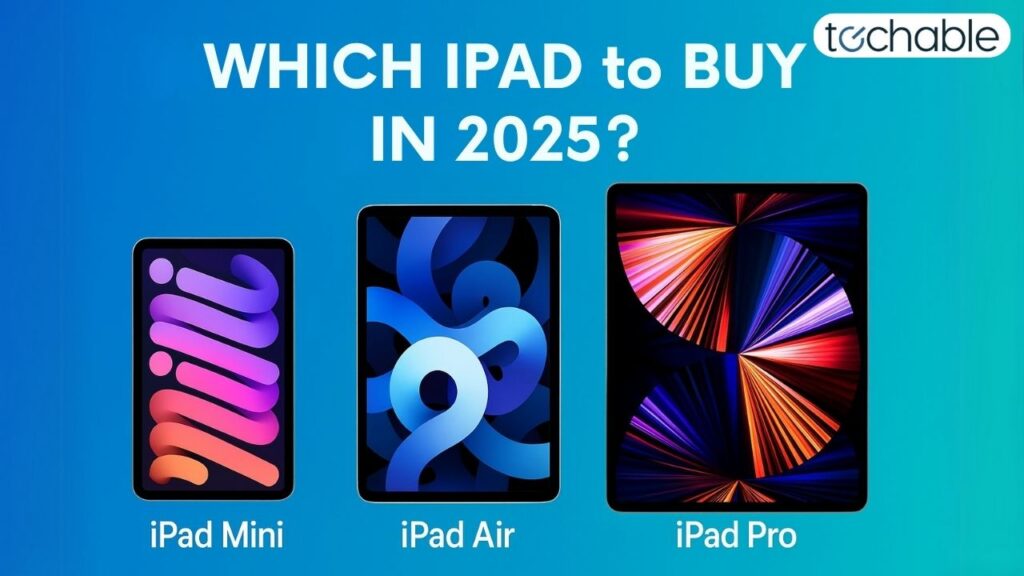
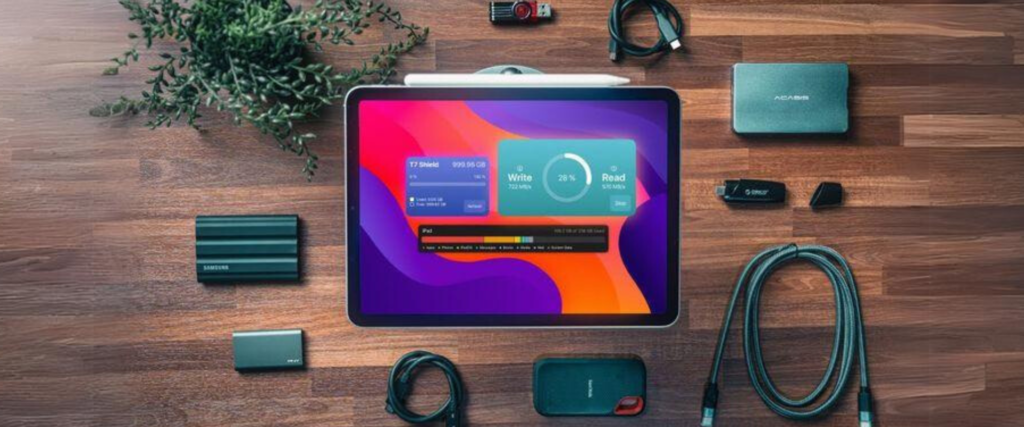

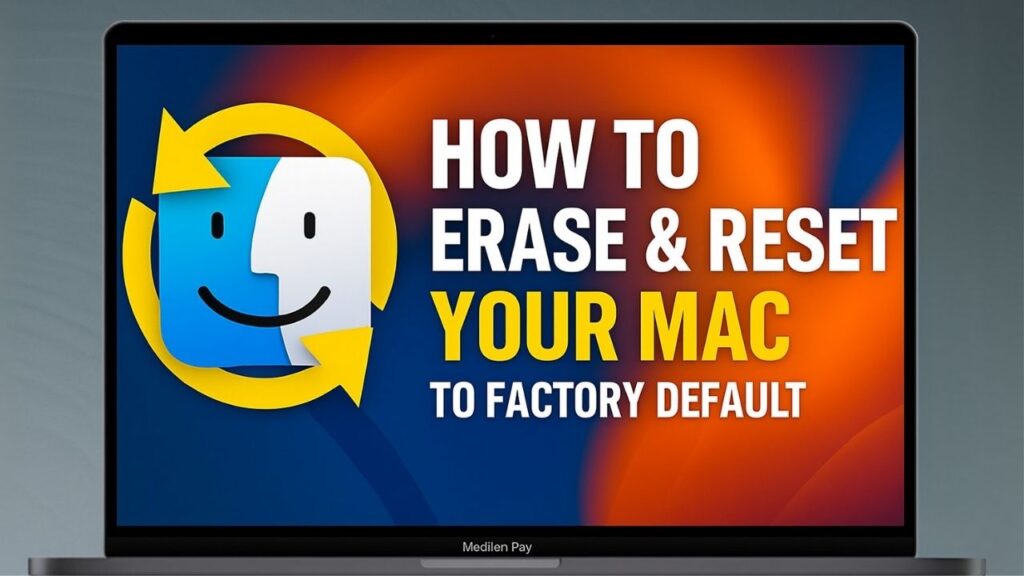
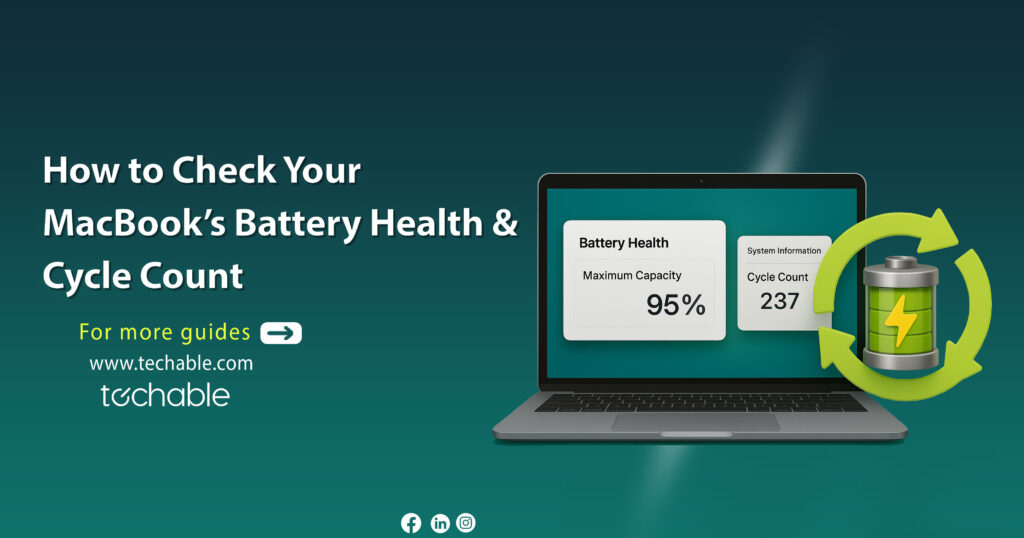
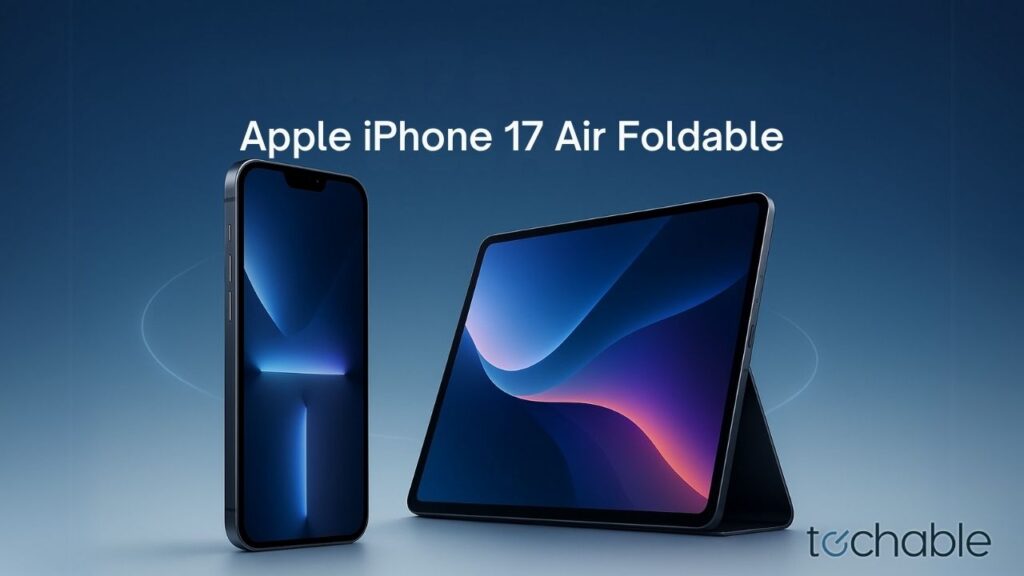

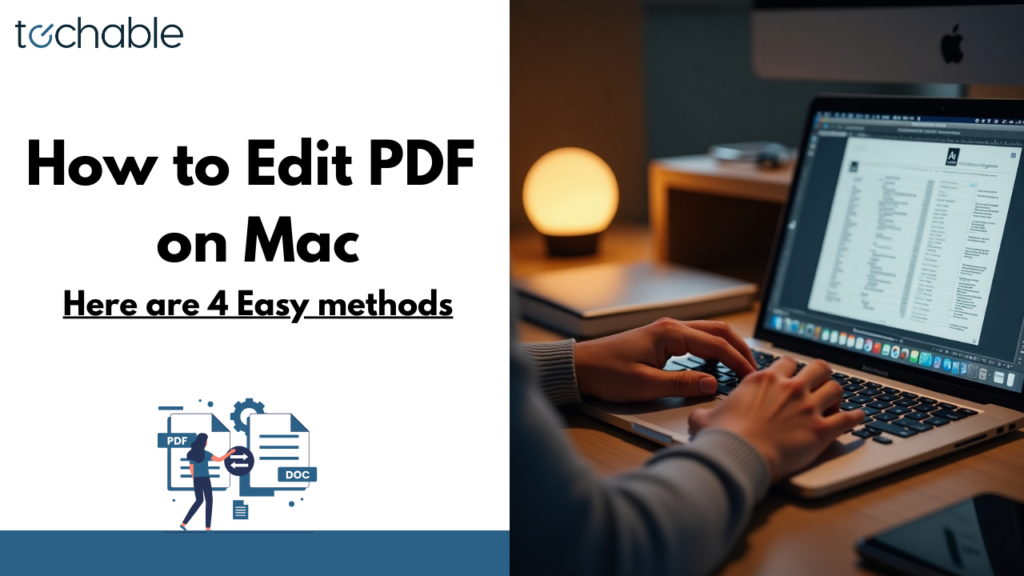
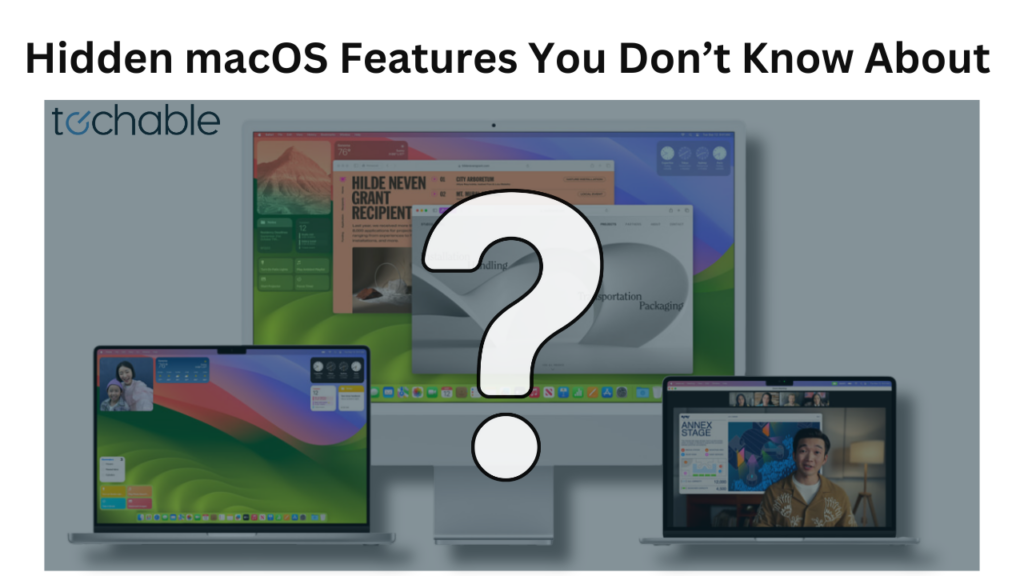
0 Comments